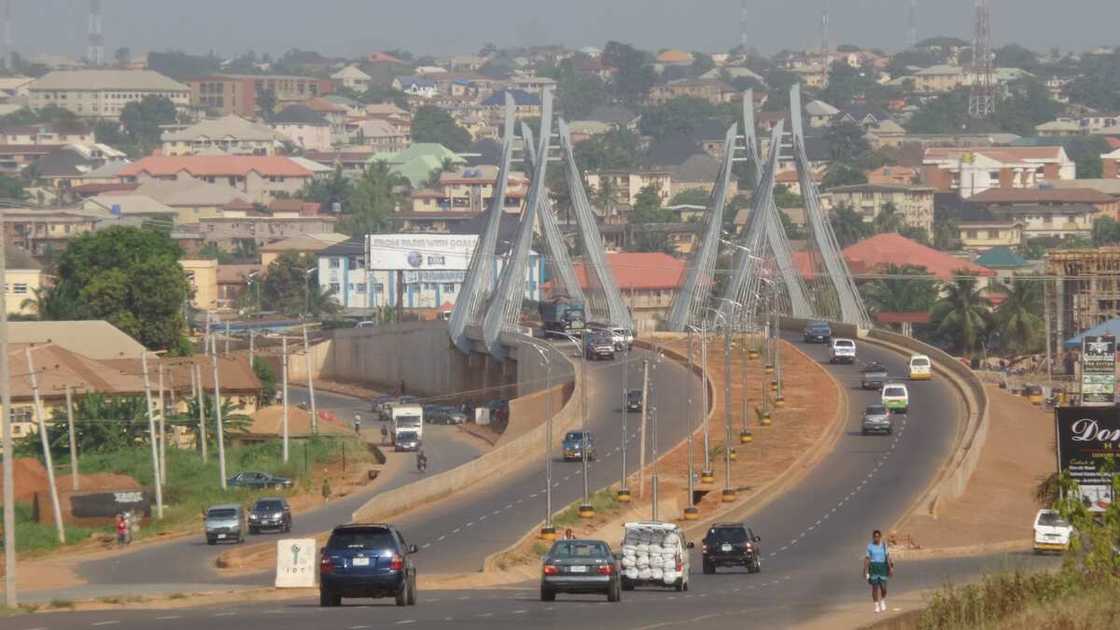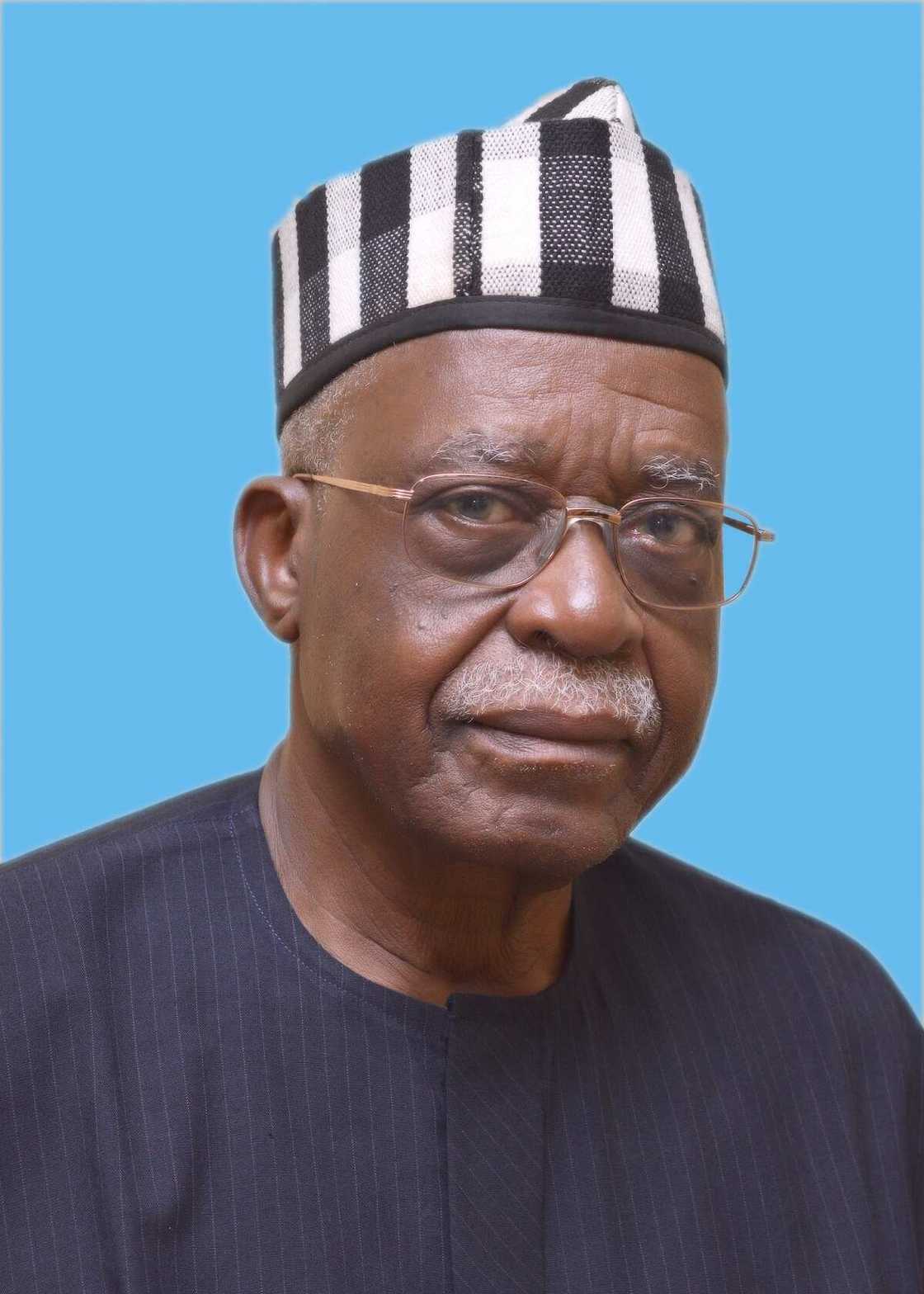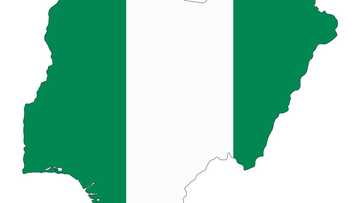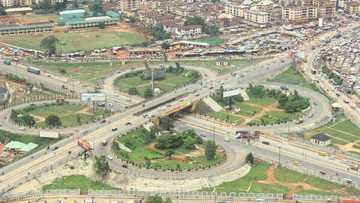History of Anambra state: top facts to know
In this post, you will find out a lot of interesting facts from the history of Anambra state, one of the most densely populated and the 2nd most developed state in Nigeria. Let’s get started.

Source: Depositphotos
Photo: amazingviewpoints.blogspot.com
What are top facts to know about Anambra state?
- Anambra is a state located in southeastern Nigeria. According to oral tradition, the title ‘Anambra’ is an anglicized version of the original title ‘Oma Mbala’ which is the native name of the Anambra River which flows through the area being a tributary of the Niger River. The capital of the state is Awka.
- Onitsha, Ekwulobia, and Nnewi are the biggest commercial and industrial centers.
- Anambra state’s slogan is “Light of the nation”.
- Anambra state is among the 5 eastern Nigerian states. It is bounded by Delta state to the west, Imo State to the south, Enugu State to the east and Kogi State to the north.
- The biggest ethnic groups in this state are an Igbo speaking state (97% of the population) in the south-eastern part of Anambra state and 3% of the population of Igala speaking people living mostly in the north-western part.
- As mentioned above, most of the population (97 percent) of Anambra State are members of the Igbo group who are widely known for their determination and great love for entrepreneurship. The Anambra Igbo often move to other states of Nigeria and every region of the world. Wherever they live, their hard work, humility, and entrepreneurial spirit make them stand out in all their activities. That is why Anambra State has the motto: Light of the nation.
- The most popular fact about the Anambra state is that it is the most densely populated and the 2d most developed state in Nigeria after Lagos. An average density of 1,5-2 thous. persons/km2. The population growth rate in Anambra State is 2,31% per year, over 65% of people are living in the cities which makes it one of the most urbanized places in Nigeria.
- Also, it has the highest literacy rate and the lowest poverty rate in Nigeria. There was a period in the country’s history when most of the states couldn’t pay the workers, but Anambra state was the only state even to increase workers salary.
- This is the first state where a female governor, Dame Virgy Etiaba, was elected.
- The most notable people coming from Anambra state include Nnamdi Azikiwe, Nigeria’s first president; Nwafor Orizu, Nigeria’s first senate president; Chief Alex Ekwueme, Nigeria’s vice president; Chinua Achebe, one of the most popular African writers, and others.
READ ALSO: Nigerian leaders from 1960 till date

Source: Depositphotos
Photo: thewillnigeria.com
The brief history of Anambra state
Anambra state traces its history back to the 9th century. The archaeological excavations revealed great works of art in iron, copper, bronze, and other materials that belong to the ancient Kingdom of Nri. These works have featured a high level of development of the administrative system of the Kingdom of Nri which was located on Anambra River from 948 to 1911.
In some areas like Ogidi, local families held hereditary royal titles for centuries. Being under the rule of Great Britain, Nri kings were recognized as legal rulers. In the 19th century, these noble leaders have been appointed as Warrant Chiefs collecting taxes and fulfilling other duties.
The history of Anambra State drastically changed when the Nigerian Civil War began on July 6, 1967. It was a war between Nigeria and Biafra commonly known as the Biafran War. It was a civil war between the government of Nigeria and the separatist state of Biafra. The war was caused by a 1966 military coup.
During this war, Biafran engineers constructed a relief airstrip named “Annabelle”. It was used to supply food and medicine for the Biafran population. On this airstrip, American pilots like Alex Nicoll sacrificed their lives in the service of humanity delivering relief supplies to the Biafran people who were starving as well as continuously harassed by the Nigerian aircraft. The aircraft used in the war were called “Babies of Biafra” in honour of the babies who died from starvation in Biafra.
The Biafran war ended on January 15, 1970. Today, the Igbo people succeed in every area of social life including education, industry, trade, amenities, commerce, infrastructures, and even agriculture. The story of success of Igbo nation showed that they are hardworking, and determined to overcome difficulties in whatever situation they are.
During the recent years, Anambra State has experienced a lot of political turmoils, but the efforts of the present day administration are aimed at the fast resurrection and creating a suitable environment for development.

Source: Depositphotos
Photo: culturesofwestafrica.com
When was Anambra state created?
The history of Anambra State can be divided into two parts. In 1976, Old Anambra State was created from the part of East Central State. The capital was Enugu.
On August 27, 1991, it underwent re-organisation being divided into 2 states, Anambra and Enugu. A further reorganization of the Nigerian federation in 1991 led to creating Anambra State out of the Old Anambra state.
The current capital of Anambra is Awka, the Home of Igbo Blacksmiths, with 21 local government areas. According to the 2006 census, the population of Anambra State is 4,177,828 people. Land area is 4,844 km2. It consists of 177 autonomous communities. Anambra state has the most fast-growing cities. 10 towns have been designated by the state government as urban.
Who is the first governor of Anambra state?
General John Atom Kpera (born in 1941) is known to be the first Military Governor of Anambra State in 1976-1978. He was the governor during the rule of General Olusegun Obasanjo.
General John Atom Kpera tried to implement a policy of forcing citizens to clean the cities being supervised by soldiers. After he was dismissed from the position of governor, he said that he left the State treasury empty because he was empty when he started his rule.
READ ALSO: Disadvantages of military rule in Nigeria

Source: Depositphotos
Photo: greshamassetng.com
The modern history of Anambra state
In 1999, when the military rule was overthrown, the real history of independent Nigeria began. The same year, Chinwoke Mbadinuju became the first Democratic governor of Anambra state after many years of military rule. He faced many serious problems, for example, withholding of teachers' salaries in the schools. A 10-month strike was conducted in all secondary schools, however, it didn't bring any visible changes. The governor imposed a tuition fee of N3,000 for the secondary school which caused a massive demonstration by students in Anambra state. It was Chinwoke Mbadinuju's failure which was solved later by his successors.
Since the 1990s, there was observed the first wave of migration from rural to urban areas in Anambra state which made Anambra a state with 63% of the population living in the cities. For the reason of neglecting infrastructure and inappropriate governance, there occurred a lot of problems in the state. The improvement of infrastructure couldn't keep up with the growth in population.
Although, the present day government is doing huge steps towards the overall wealth and sustainability, there are still problems in the provision of social services, environmental sanitation, erosion control, and so on. Many towns still have deteriorated roads, poor building system, poor sanitation, illegal street trading, tons of unrecycled garbage, unregulated transport system, high level of congestion, overcrowding, and other.
In 2009, Peter Obi, the former governor of Anambra State, designed a 20-year plan of restoring urban planning for 3 major cities in the Anambra state (Onitsha, Nnewi, and Awka). The plan contained ideas on the beautification of the cities, land use, industrial development, waste disposal, road infrastructure, water supply, housing and health, and educational facilities. Anambra became the first state in Nigeria to adopt development plans for its major cities.
On the 17th of March, 2014, Willie Obiano (born in 1955), a Nigerian technocrat, banker, politician, was elected the fourth Democratic governor of Anambra State. Obiano changed his career joining Nigerian politics on the platform of the All Progressives Grand Alliance, APGA. In 2017, he was re-elected as Governor.
As for the current changes, the Anambra State government directs much of its efforts on the development of the cities, especially, Awka as the capital city.
Anambra state is the center metalwork and carving industry in Nigeria. Other commercial and industrial centers are Onitsha and Nnewi in which African regional trade takes place.
Anambra state is presently engaged in the supply of crude oil, natural gas, ceramic, bauxite to other Nigerian states and African countries. It should be noted that Awka is historically known for the great Uzu Craftmanship. Similar to other states, most of the population in Anambra state is rural, however, over the last 2 decades, the rural-urban migration has intensified significantly.

Source: Depositphotos
Photo: thebreakingtimes.com
Anambra state's political history is difficult and varied. This state has always been a leader in terms of many factors but the entire 20th century was featuring considerable unrest. Along with other states, it has survived some difficult periods including colonial and military rule. The process of urbanization contributed by population growth, migration and infrastructure improvements have just started, but there have been seen significant changes in power, water, road infrastructure which resulted in rural and urban growth.
READ ALSO: Biggest town in Anambra state in terms of population and facts to know about it
Source: Legit.ng








